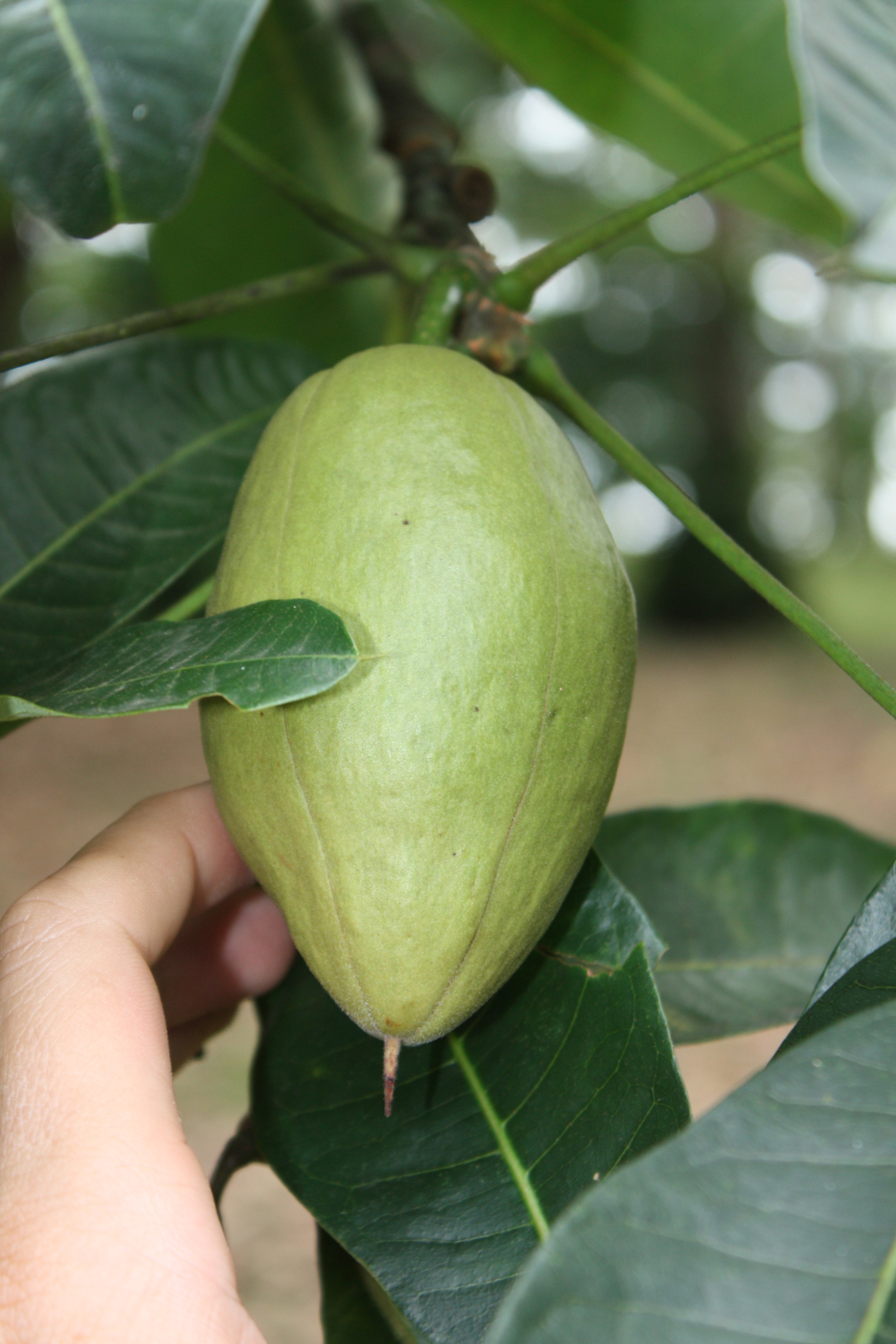Following is a list of wild flora species, or horta, which are traditionally collected and eaten throughout Greece and the European Mediterranean, and beyond. I will continue to update this list and provide links to species pages with more extensive information.
The Mediterranean basin has a long and multifaceted cultural history and harbors a high biodiversity. Despite the increasing attention and studies on the health benefits of the Mediterranean diet, no studies thus far have incorporated data related to the consumption of the many species of wild greens that make up such an important part of traditional diets throughout Greece, S. Spain and S. Italy. Leoniti et. al argues that the "culinary use of wild gathered weedy greens evolved together with the neolithization process, since this offered the necessary ecological niches for them to thrive, thereby enriching and securing the diets of European agriculturalists."
FLORA
ALLIACEAE
AMARANTHACEAE
Amaranthus blitum
Salicornia europea
APIACEAE
Caucalis (bur chervil, kafkalithra)
Foeniculum vulgare (marathon, wild fennel
Tordylium apium (Mediterranean hartwort) kafkalida
Scandix pectin veneris (shepherd’s needles, myroni)
ASPARAGACEAE
Muscari comosum
Asparagus officinalis
Asparagus acutifolius
Asparagus stipularis
ASTERACEAE
Carduus argentatus ssp. acicularis
Taraxacum officinale - radiki, Dandelion
Helminthotheca echioides
Lactuca scariola - milk thistle, prickly lettuce, petromaroulo
Scolymus
Sonchus oleraceus - sowthistle, zohos
Tragopogon (yellow salsify, tragopogon)
Urospermum picroides (agriozohos)
Silybum marianum
BORAGINACEAE
Borage (boratzi)
BRASSICACEAE
Capsella bursa-pastoris
Eruca sativa
Sinapsis alba (white mustard, sinapi)
Lepidium sativum (kardamo)
Hirschfeldia incana (mustard greens, vrouves)
CACTACEAE
Opunitia ficus-indica
CAPPARACEAE
Capparis spinosa
COMPOSITAE
Picridium vulgare – pikralida, galatsida
DIOSCOREACEAE
Tamus communis (Avronies, Black bryony)
GERANIACEAE
Erodium cicutarium (redstem stork’s bill, kalogeros
LAMIACEAE
Salvia officinalis
Tymus vulgaris
Origanum vulgare
LILIACEAE
Ornithogalum umbellatum (grass lily, star of Bethlehem)
MALVACEAE
Malva sylvestris (blue mallow)
MYRTACEAE
Myrtus communis
OXALIDACEAE
Oxalis pes-caprae
POLYGONACEAE
Rumex obtusifolius (lapatho)
PORTULACACEAE
Portulaca oleracea
RESEDACEAE
Reseda alba (rezda, white upright mignonette)
ROSACEAE
Rubus fruticosus
SOLANACEAE
Solanum nigrum (styfno)
Scolymus (golden thistle, askolymbrus)
URTICACEAE
Urtica dioca – tsouknida
VITACEAE
Vitis vinifera
FUNGI
Lactarius delisiosus
Lycoperdon perlatum
Cantharellus cibarius
Centaurea calcitrapa ssp. angusticeps, Centaurea hyalolepis, Ceratonia siliqua, Cichorium intybus, Crataegus azarolus, Crataegus monogyna, Crithmum maritimum, Cynara cardunculus, Cynara cornigera, Cynara scolymus, Echinops spinosissimus, Eruca sativa, Eryngium creticum, Eryngium glomeratum, Ficus carica, Foeniculum vulgare, Gundelia turnefortii, Laurus nobilis, Limonium sinuatum, Malva parviflora, Mentha pulegium, Mentha spicata, Muscari comosum, Myrtus communis, Nasturtium officinale, Notobasis syriaca, Onopordum bracteatum, Onopordum cyprium, Origanum dubium, Origanum majorana var. tenuifolium, Portulaca oleracea, Pistacia lentiscus, Pyrus syriaca, Rosmarinus officinalis, Scolymus hispanicus, Scolymus maculatus, Silene vulgaris, Silybum marianum, Sinapis alba, Sinapis arvensis, Sonchus oleraceus, Taraxacum cyprium, Taraxacum hellenicum, Thymus capitatus, Ziziphus lotus




